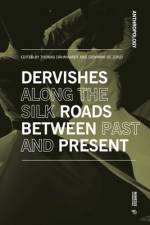Willkommen bei den Tales Buchfreunden und -freundinnen
Jetzt zum Newsletter anmelden und tolle Angebote und Anregungen für Ihre nächste Lektüre erhalten.
Mit Ihrer Newsletter-Anmeldung erklären Sie sich mit unseren Datenschutzbestimmungen einverstanden.Sie können sich jederzeit wieder abmelden.





![Nomads of Mauritania [Paperback, B&W] af Brigitte Himpan](https://cdnbackdoor.tales.as/thumbnail/150x225/00109/74206/cover.1601865741.jpg)
![Nomads of Mauritania [Paperback, Premium Color] af Brigitte Himpan](https://cdnbackdoor.tales.as/thumbnail/150x225/00109/74208/cover.1568492086.jpg)




